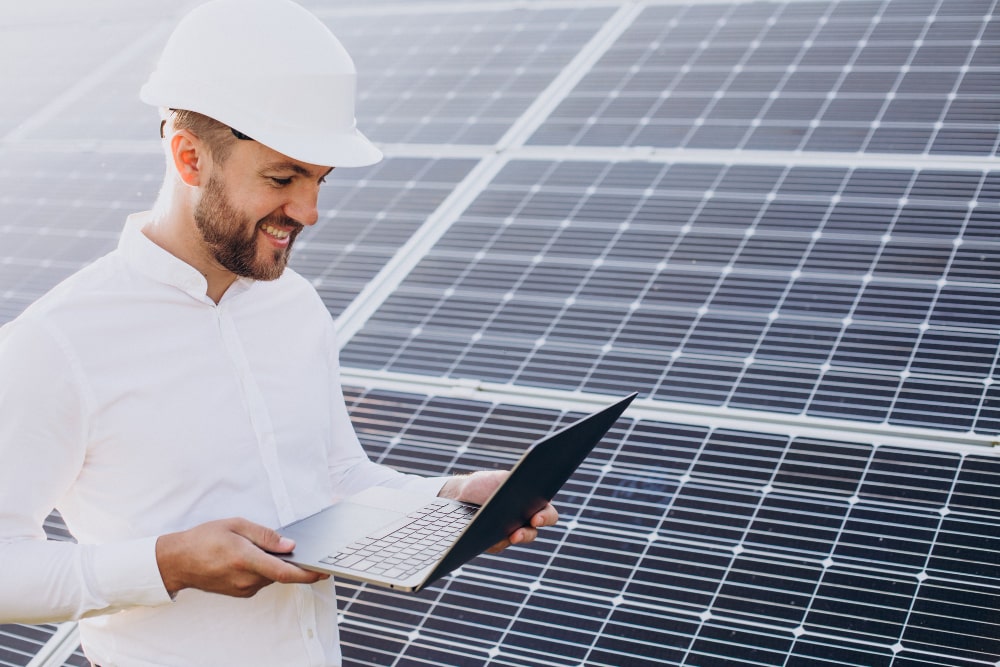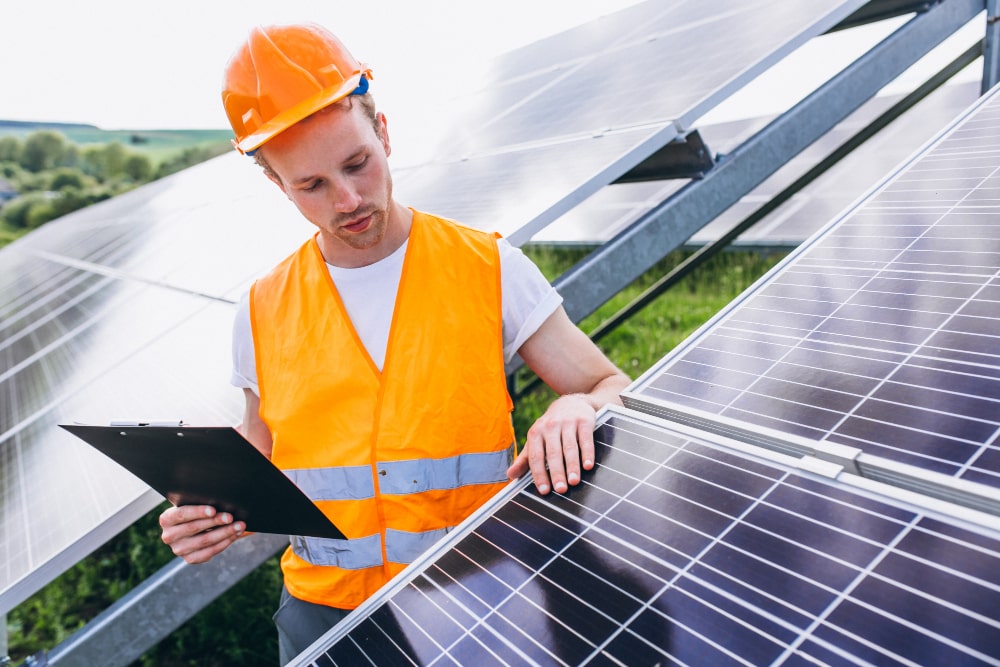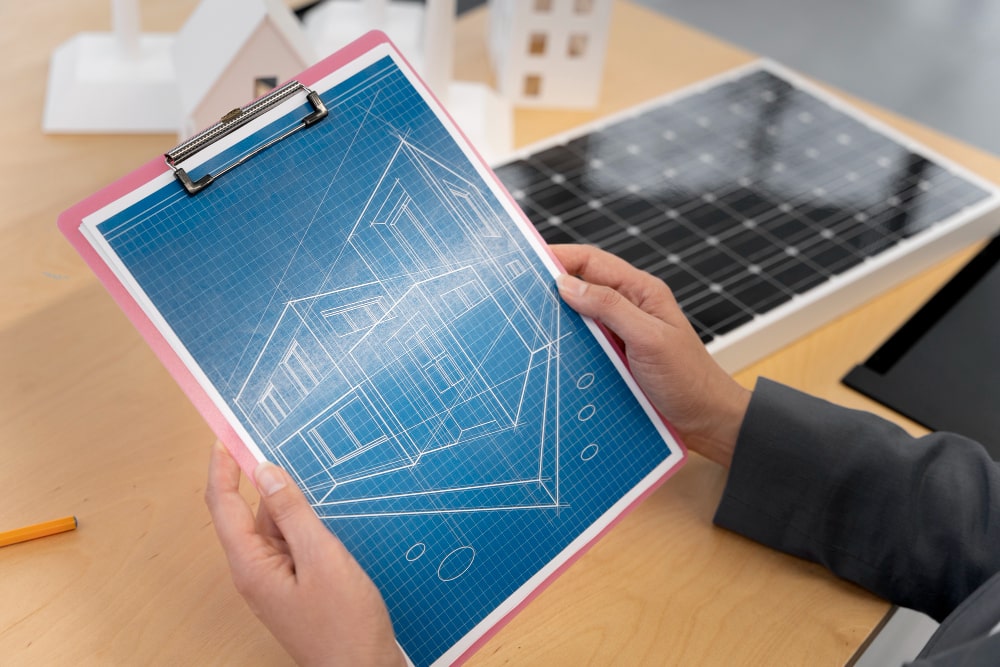Solar roofing has emerged as a key player in the transition to sustainable and eco-friendly energy solutions. As technology advances and environmental consciousness grows, the solar roofing industry is witnessing exciting trends and innovations that are reshaping the way we harness solar power. In this exploration of the future of solar roofing, we’ll delve into the latest trends and groundbreaking innovations that promise to make solar energy more accessible, efficient, and seamlessly integrated into our daily lives.
1. BIPV (Building-Integrated Photovoltaics): Transforming Surfaces into Power Sources
Background:
Traditionally, solar panels were added onto existing rooftops, but the latest trend in solar roofing is integrating photovoltaic technology directly into building materials. Building-integrated photovoltaics (BIPV) turn surfaces like roofs, facades, and windows into active power generators.
Innovation:
New materials are being developed to seamlessly blend solar cells with roofing materials, creating aesthetically pleasing and functional solar solutions. These innovations enhance energy production while maintaining the architectural integrity of structures.
Impact:
BIPV not only generates electricity but also reduces the need for traditional building materials, contributing to sustainable construction practices. The integration of solar technology into everyday surfaces marks a shift towards a more harmonious coexistence of architecture and renewable energy.

2. Transparent Solar Cells: Windows as Energy Harvesters
Background:
Transparent solar cells are transforming windows into energy-generating assets. This innovation enables buildings to capture sunlight without obstructing views, revolutionizing the way we think about the potential of windows in energy production.
Innovation:
Researchers are developing transparent solar cells that can convert sunlight into electricity while allowing visible light to pass through. These cells can be integrated into windows, creating solar-powered smart windows that generate electricity and can be adjusted for transparency.
Impact:
Transparent solar cells have the potential to turn entire building facades into energy-generating surfaces, significantly increasing the overall solar capacity of structures. This innovation is particularly promising for urban environments where space is limited.
3. Advanced Energy Storage Solutions: Overcoming Solar Intermittency
Background:
Solar energy production is inherently intermittent due to factors such as weather and daylight variations. Advanced energy storage solutions are crucial for storing excess energy generated during peak sunlight hours for use during periods of low sunlight or at night.
Innovation:
Cutting-edge battery technologies, including lithium-ion and flow batteries, are being integrated into solar energy systems to store surplus electricity efficiently. These storage solutions aim to address the challenge of intermittency and provide a reliable and consistent power supply.
Impact:
Efficient energy storage enhances the reliability and viability of solar energy, making it a more dependable source of power. As these technologies evolve, the cost of energy storage is expected to decrease, further driving the adoption of solar energy solutions.
4. Artificial Intelligence (AI) and Smart Energy Management
Background:
The integration of artificial intelligence into solar energy systems is transforming how we manage and optimize energy production. AI algorithms can analyze data in real-time, making intelligent decisions to maximize efficiency.
Innovation:
Smart energy management systems use AI to predict energy demand, adjust solar panel angles for optimal sunlight exposure, and optimize the overall performance of solar installations. These systems learn from patterns and continuously improve efficiency.
Impact:
AI-driven smart energy management enhances the overall performance of solar installations, increasing energy yield and reducing waste. This trend contributes to the development of self-sustaining and adaptive solar energy ecosystems.

5. Solar Shingles: Merging Aesthetics with Functionality
Background:
Solar shingles represent a fusion of design and functionality, offering an alternative to traditional solar panels. These shingles are designed to mimic the appearance of conventional roofing materials while harnessing solar power.
Innovation:
Manufacturers are developing solar shingles with improved efficiency, durability, and aesthetic appeal. These roofing solutions seamlessly integrate solar cells into the structure of the roof, providing a visually appealing and efficient alternative to traditional solar panels.
Impact:
Solar shingles offer homeowners a discreet and stylish way to harness solar energy without compromising on the appearance of their homes. This innovation is expected to drive broader adoption of solar energy solutions in residential settings.
6. Increased Efficiency through Tandem Solar Cells
Background:
Traditional solar cells have limitations in converting sunlight into electricity efficiently. Tandem solar cells, also known as multi-junction solar cells, address this challenge by stacking multiple layers of materials with different light-absorbing properties.
Innovation:
Researchers are exploring new materials and designs for tandem solar cells to improve their efficiency and performance. By capturing a broader spectrum of sunlight, these cells can significantly enhance the electricity output of solar installations.
Impact:
Tandem solar cells have the potential to make solar energy more cost-effective by increasing the efficiency of solar panels. This innovation contributes to the broader goal of making renewable energy sources more competitive with traditional sources.
Conclusion: Embracing a Solar-Powered Future
The future of solar roofing is an exciting frontier where aesthetics, functionality, and sustainability converge. The trends and innovations discussed here represent significant strides toward making solar energy an integral and seamless part of our daily lives. As technology continues to advance and awareness of environmental issues grows, the solar roofing industry is poised to play a pivotal role in the global transition to clean and renewable energy sources.
Whether it’s integrating solar cells into everyday surfaces or harnessing the power of AI for optimal energy management, the future of solar roofing holds promise for a more sustainable and energy-efficient world. As these innovations continue to evolve, homeowners, businesses, and communities can look forward to a future powered by the limitless potential of the sun.
As a trusted solar roofing contractor in Athens, GA, Perimeter Roofing Athens seamlessly integrates sustainable energy solutions with roofing expertise. Their team specializes in installing solar roofing systems, harnessing the power of the sun to provide environmentally friendly energy solutions for residential and commercial properties in the Athens area.

